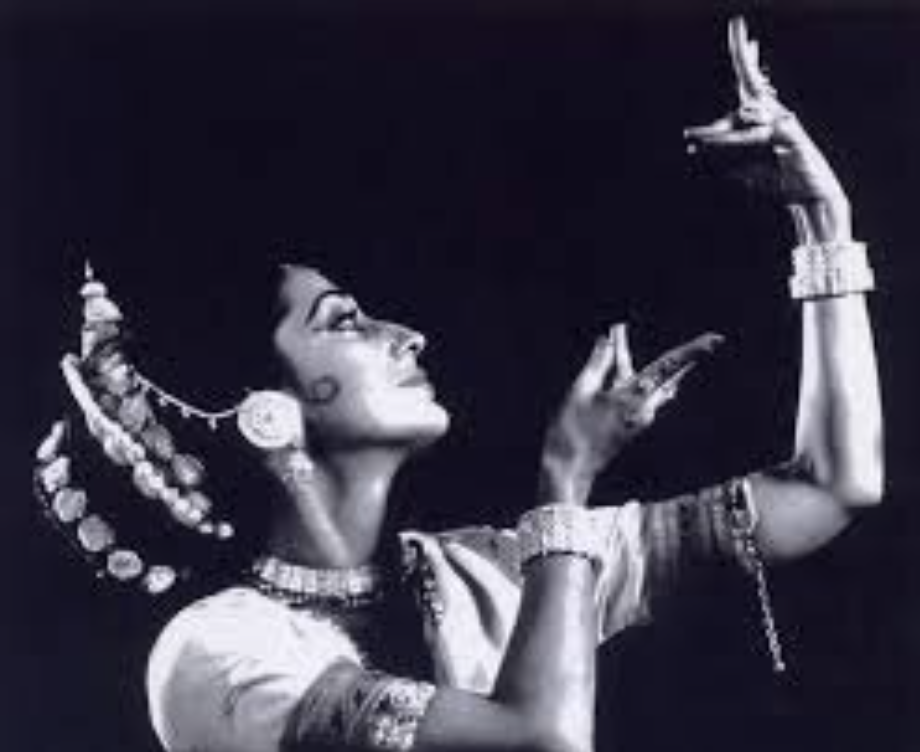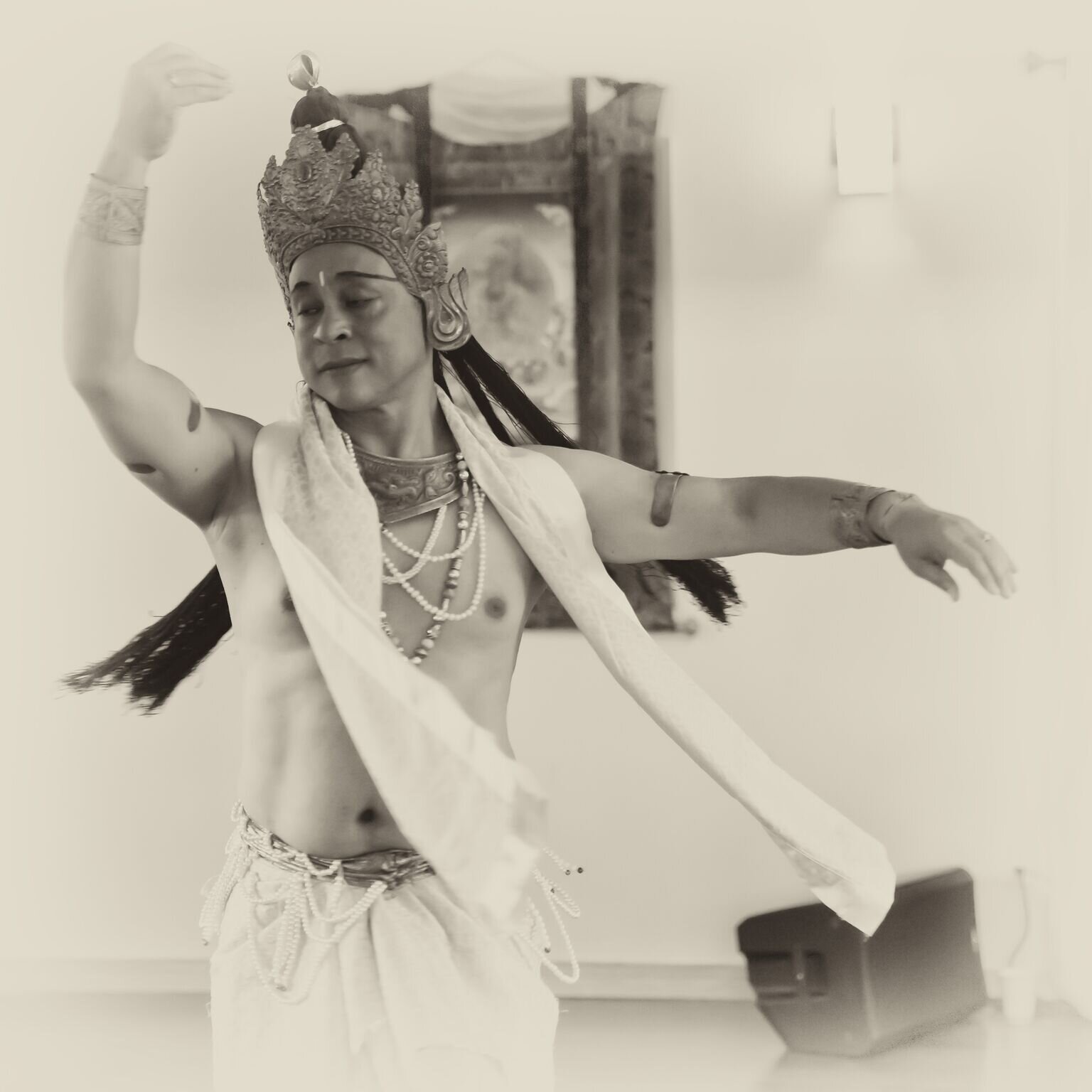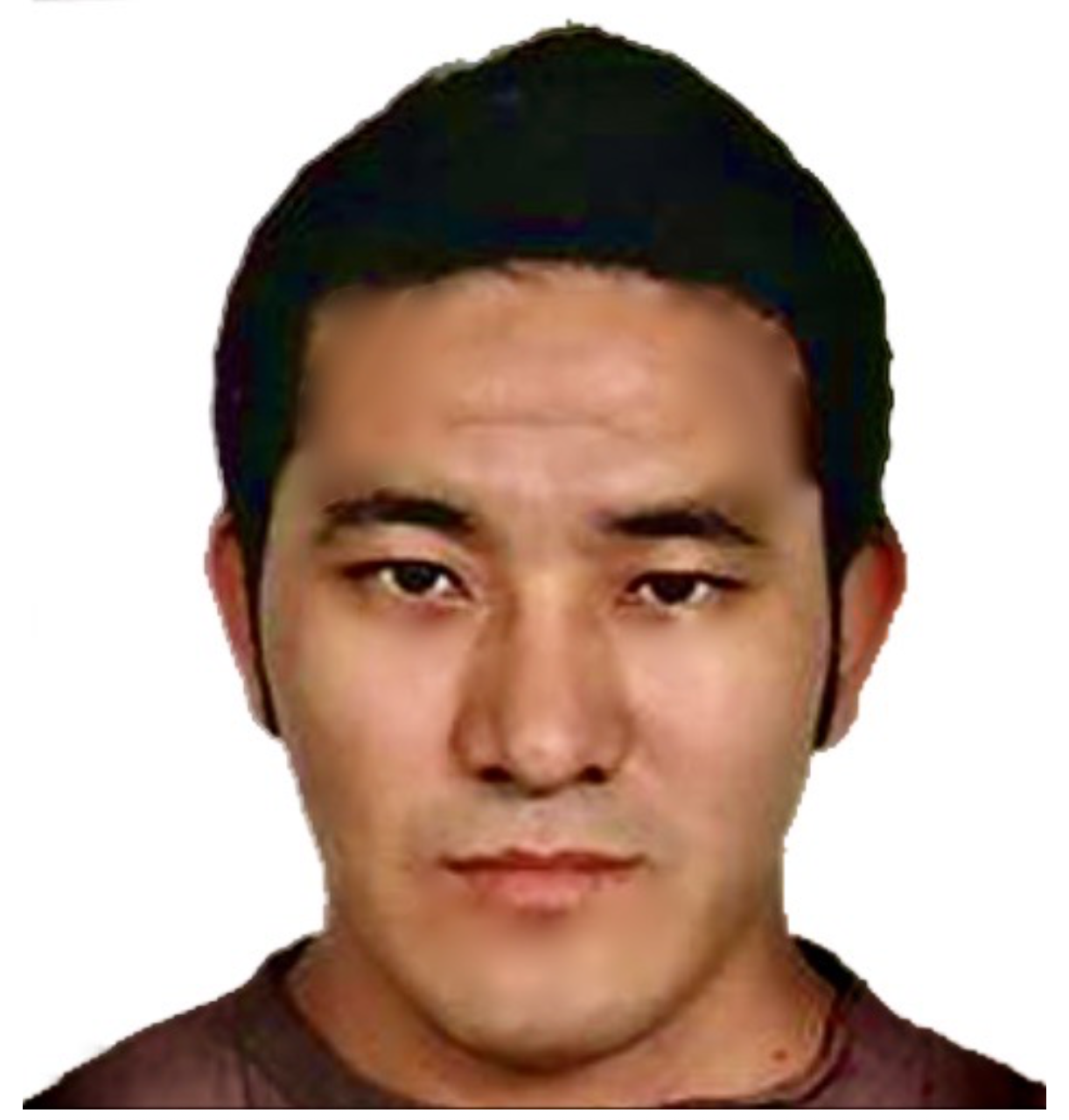Mudra & the Diamond Spheres
Part Two
Lecture Series with Prajwal Vajracharya,
Dr. Thinles Dorje and Dr. Vena Ramphal
Introduced by Joseph Houseal, Director, Core of Culture
Tuesdays
July 6 / 13 / 20 2021
7am Los Angeles | 9am Chicago | 10am New York
3pm London | 4pm Rome | 5pm Moscow
7:30pm New Delhi & Leh | 7:45 pm Kathmandu | 10pm Hong Kong
Time Zone Converter
Free Event
PLEASE SIGN up TO RECEIVE access to the recordings
Core of Culture’s international cultural preservation initiative
With lead support from the Robert H.N. Ho Family Foundation
Additional support from the Kipper Family Foundation
July 6
prajwal vajracharya
Vajradhatu Practice in Newar Buddhism
.
Prajwal Vajracharya, foremost exponent of the oldest known from of Buddhist ritual expression, will expand on his earlier talk about ‘mudra’, by presenting “Diamond Spheres, the Vajradhatu,” as it is lived and practiced in Newar Buddhist traditions Prajwal examines the dimensions and realities of Vajradhatu rituals in Nepal, and demonstrates how essential the act of embodiment is to Buddhist practice. The Newar traditions precede the Tibetan Vajrayana by hundreds of years.
JULY 13
Dr. Thinles Dorje
Monk on a Motorcycle:
Intangible Heritage in a Time of Lockdown
Dr Thinles Dorje, Core of Culture’s man on the ground in Ladakh and Himachal has been busy documenting Vajrayana monastic rituals and mudra for this project. Thinles will report to us what documentations he has been able to secure, and describe the network of support he has built among monasteries and Buddhist scholars. While many things have been canceled, the Kunrig ritual has been increasingly performed recently by a number of monasteries in the Himalayas on behalf of those who have died from covid. Thinles explains the benefits of working with different Orders of monks, and studying rituals related to Vajradhatu, such as Kunrig.
JULY 20
Dr. Vena Ramphal
Dance as Knowledge:
Mudra as Somatic Technology in Dance, Yoga and Tantra
Core of Culture is happy to introduce to the project, Dr Vena Ramphal, a classical Indian dance artist who holds a doctorate in Philosophy and Dance from SOAS. Vena will discuss Dance as Knowledge, and the cultures of scholarship around this project, highlighting an embodied contribution to the knowledge of Buddhism, from this project’s actors, methods and approaches. Vena explains the ‘knowledge-praxis continuum’ inherent in Indic disciplines, such as dance, meditation and yoga.
ABOUT THE SPEAKERS
Prajwal Ratna Vajracharya is a 35th generation Tantric Buddhist priest from Nepal and ritual master of the Charya Nritya dance tradition and other ritual forms. Prajwal began his training in Charya Nritya, the dance aspect of Newar Buddhism, from the age of eight, receiving formal instruction from his father, the Buddhist scholar and ritual master Ratna Kaji Vajracharya. Prajwal Vajracharya is now the foremost teacher, practitioner, and performer of the tradition. He is a veteran of several world tours. He teaches beginning and advanced students around the globe. He founded Dance Mandal in 1996, and the Foundation for Sacred Buddhist Arts of Nepal to preserve and expand this rare ancient form of Buddhism and its related traditions.
Dr. Thinles Dorje is a scholar of Buddhist ritual, completing his Phd at the University of the Punjab. He conducts field research for Core of Culture, and is a founding member of Himalaya House, a non-profit dedicated to the preservation of Himalayan culture. Formerly a monk, now an activist for Ladakhi culture, Dr. Thinles Dorje also works as a translator, writer and expedition leader.
Vena Ramphal is a dance artist, scholar and practitioner of yoga-tantra. This versatility allows her to see connections that would otherwise fall unnoticed. She is equally at home bringing meditation to national television as she is poring over rare books on esoteric practices. Vena began her training in classical Indian dance aged 6 and was initiated into a traditional meditation practice aged 10. Her PhD looked at the construction of the dancing-acting body in the Natya Shasta (the oldest extant Sanskrit treatise on dramaturgy). She is often interviewed by the media about spirituality and wellbeing in modern life. Previous credits include GQ, Cosmopolitan, and Psychology magazine; BBC radio and TV; and Sky News.
ABOUT THE INITIATIVE
Photo Credit: Tabo Vajradhatu Mandala by Dr. Christian Luczanits
Mudra and the Diamond Spheres is a four-year initiative of Core of Culture, an organization assisting the preservation of Buddhist ritual heritage in dance and movement.
In 2019, Kanden Rinpoche, the Abbot of Tabo monastery in Spiti Valley, Himachal Pradesh, India, asked Core of Culture to document the Vajradhatu Ritual performed there by the monks. What is remarkable is that the 11th century Assembly Hall at Tabo monastery is a three-dimensional Vajradhatu Mandala, comprised of murals, a ceiling, bas relief and sculpture. The monks perform the Vajradhatu ritual within the Vajradhatu Mandala.
Integral to the Vajradhatu ritual are thirty-seven unique mudra, or hand gestures correlating to the Vajradhatu deities, which are visualized by the meditating monks during the ritual. The Vajradhatu is the Diamond Sphere, a Mahayana Buddhist concept of the cosmos defined by aspects of the Buddha. It is an old extant Tantric Buddhist ritual, before the time of sectarian monasticism. Tabo monastery itself is the oldest operational monastery in India and the Himalayas, and a rare lasting example of 10th century monastic architecture, and splendid art of the Guge period. Tabo was founded in 996 by the Great Translator Richen Zangpo. Tabo is most famous as a site of translation of the Buddhist scriptures into Tibetan.
The transmission of mudra was essential to the spread of Buddhist practice and art. In 2005, His Holiness the Dalai Lama re-introduced the Vajradhatu ritual to Tabo monastery, in a way restoring it to one of its early settings, away from which its practice had fallen. Knowledge of the Assembly Hall iconography and purpose were revived.
As part of the planned Vajradhatu documentation process, a research program into the nature and transmission of mudra has been developed uniting monks, western scholars, art historians, tantric priests, Classical Indian dancers, and students of Buddhism. In successive years of the 4-year project, parallel rituals and their movement in Japan, Nepal and Java will be compared, revealing new insights into tantric ritual.
The project explores various traditions of transmitting mudra for the purposes of cultivating the mind, and takes a first look connecting the art and texts associated with Tabo to the living ritual and ancient practice, newly introduced. The project constituents, research team, and audience are professionally diverse in many ways with various relationships to movement, art and texts. Brokering new conversations across disciplines, and finding ways to share modalities of spiritual and scholarly knowledge are goals of Mudra and the Diamond Spheres.
Mudra & the Diamond Spheres receives lead support from the Robert H.N. Ho Family Foundation
Additional support from the Kipper Family Foundation
Mudra & the diamond spheres
part one
October 2020
Featuring:
Donald Lopez
Sharon Lowen
Prajwal Vajracharya
Dr. Thinles Dorje
Dr. Christian Luczanits
Core of Culture’s Mudra & the Diamond Spheres
With lead support from the Robert H.N. Ho Family Foundation
Additional support from the Kipper Family Foundation
















